Blueberry Crumb Pie
Blueberry Crumb Pie may be even better than the classic, with a sweet, crunchy lid of buttery crumbs over a thick and juicy blueberry filling.
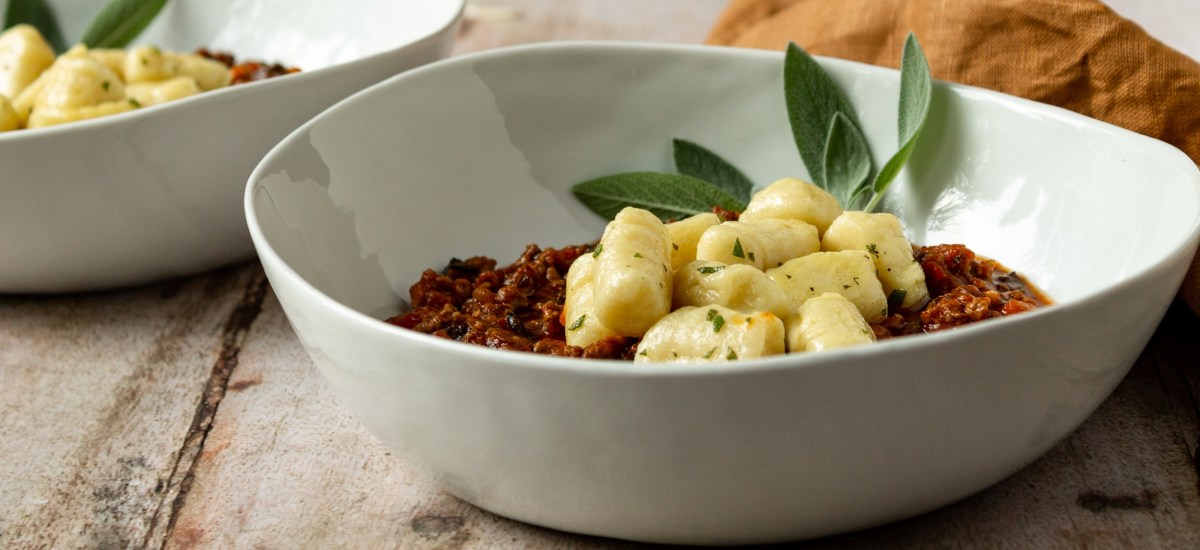
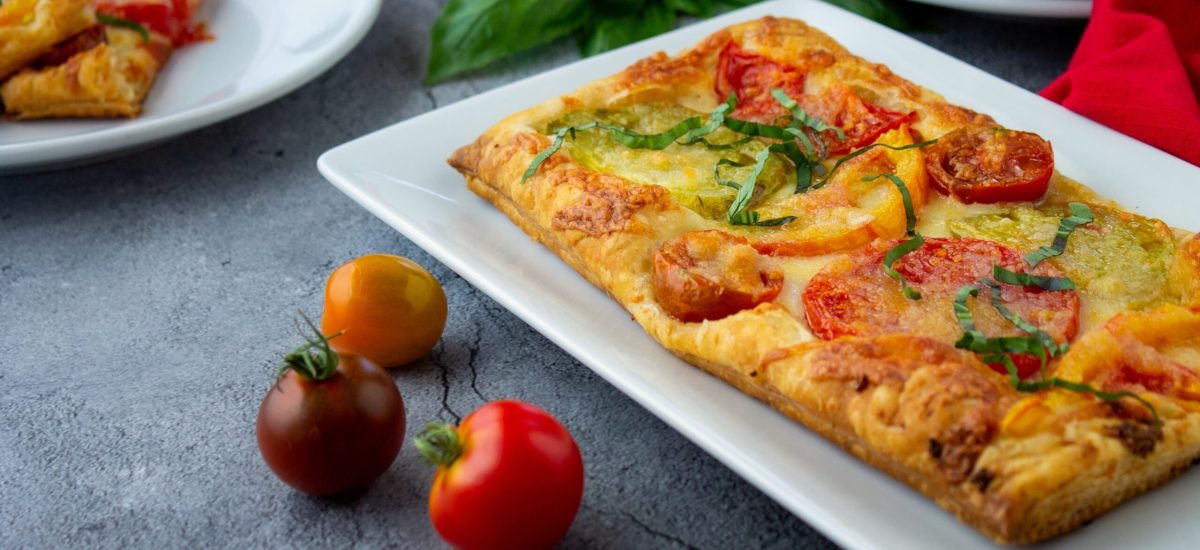
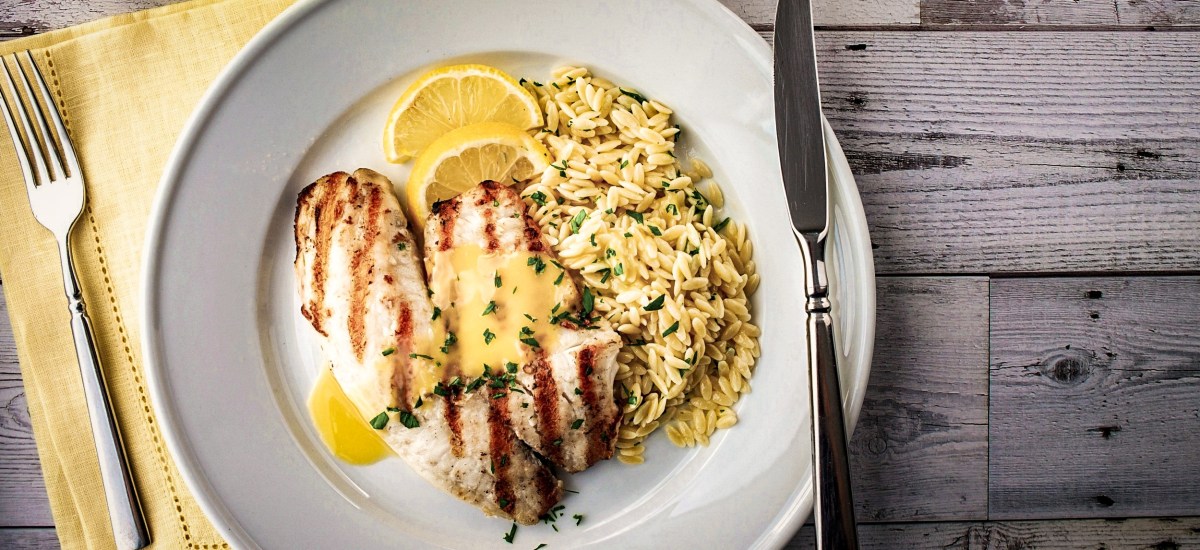
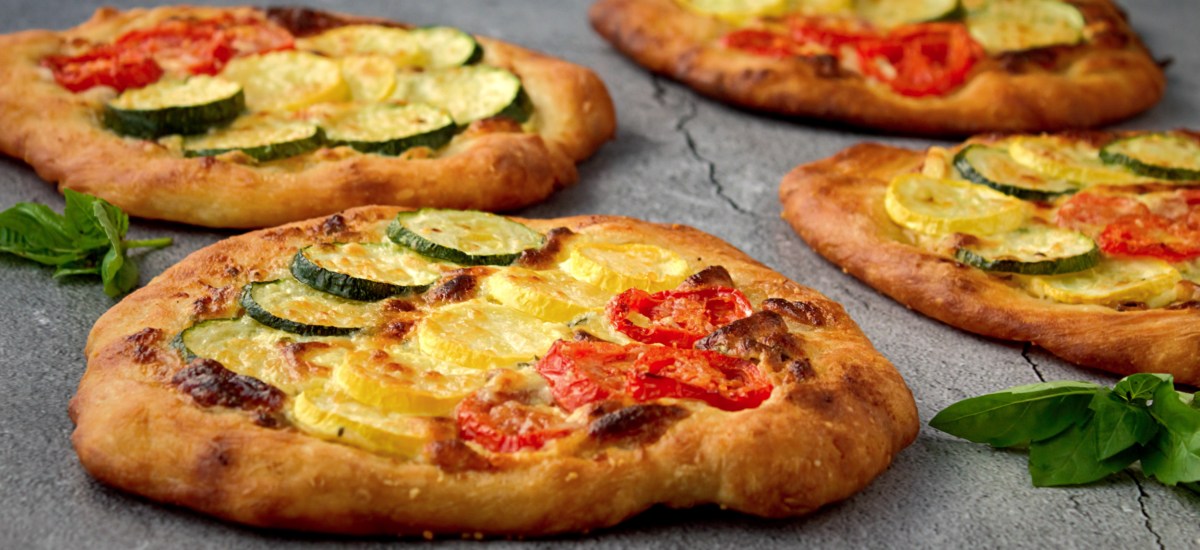
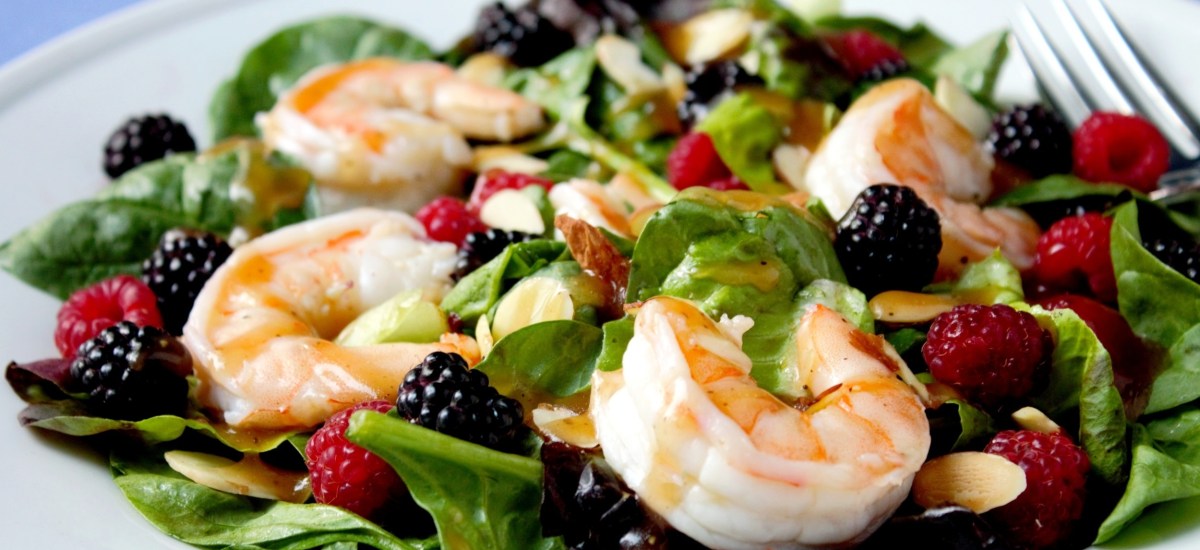
Blueberry Crumb Pie may be even better than the classic, with a sweet, crunchy lid of buttery crumbs over a thick and juicy blueberry filling.
I added chunks of rich dark chocolate to a classic peanut butter cookie recipe to make these tender, crumbly, irresistible Peanut Butter Chocolate Chunk Cookies.
This yellow cake is meltingly soft, light and airy, the perfect foundation for a thick layer of intensely chocolatey buttercream frosting.
Beef Ragu is one of those long-simmering, warm-smelling, comfort-giving dishes that’s perfect for cooking on a cold winter afternoon, then enjoying fireside with a glass of Pinot Noir.
Salted Caramel Chocolate Almond Bars combine two of the world’s best flavor combinations (caramel with salt, and chocolate with almonds) in one chewy, buttery, sweet and salty, supremely chocolatey cookie.
Pillowy soft Poppy Seed Rolls have shiny golden tops and a slightly tangy flavor from the Greek yogurt and buttermilk in the dough.
Banana Nut Pancakes are sweet, thick and fluffy, with an earthy crunch from toasted pecans. Build a tall stack and top it with more bananas and pecans and a thick drizzle of warm maple syrup.
These addictive chicken wings are crispy on the outside, juicy on the inside, and deliciously spicy all the way through. A cool, creamy bleu cheese dip is their perfect partner.
These cinnamon-scented oatmeal raisin cookies have crispy edges and soft, tender centers crammed with juicy raisins and sweet milk chocolate.
These blueberry muffins are crammed full of juicy fresh blueberries, flavored with a hint of cinnamon and a touch of lemon, and topped with a crunchy, brown sugar and macadamia nut streusel.
